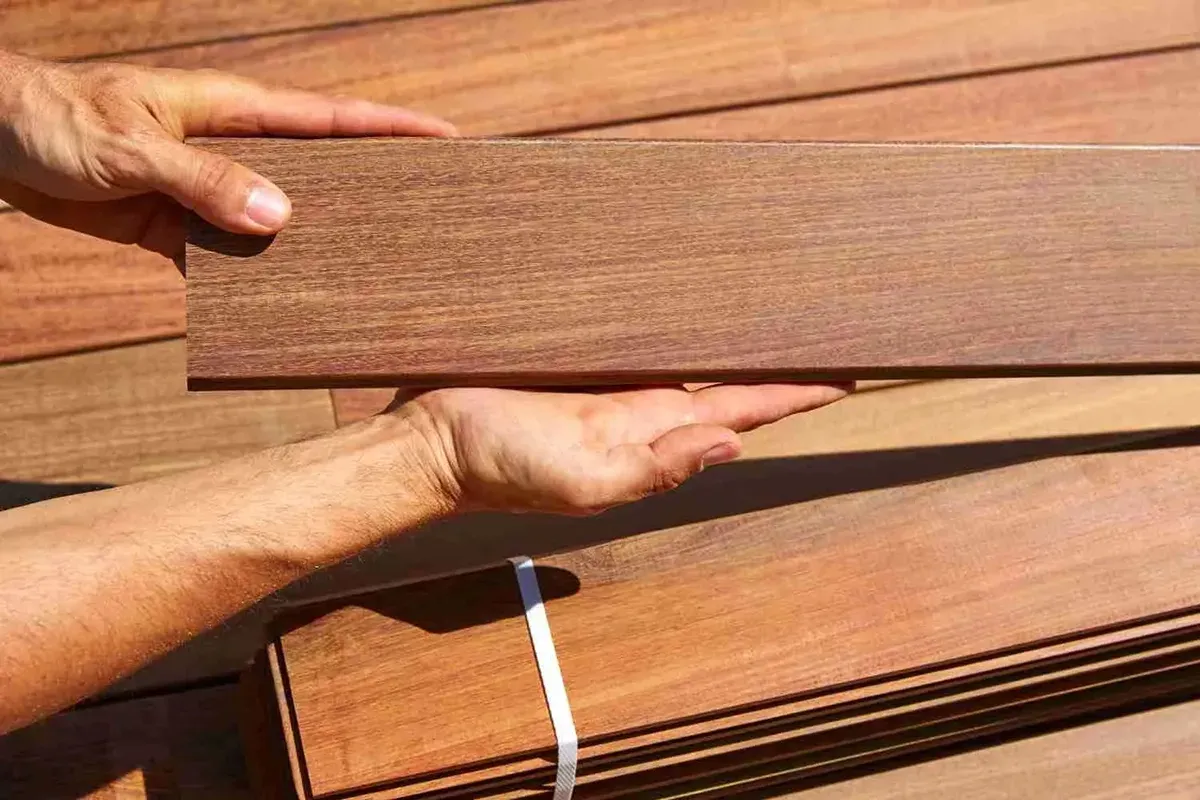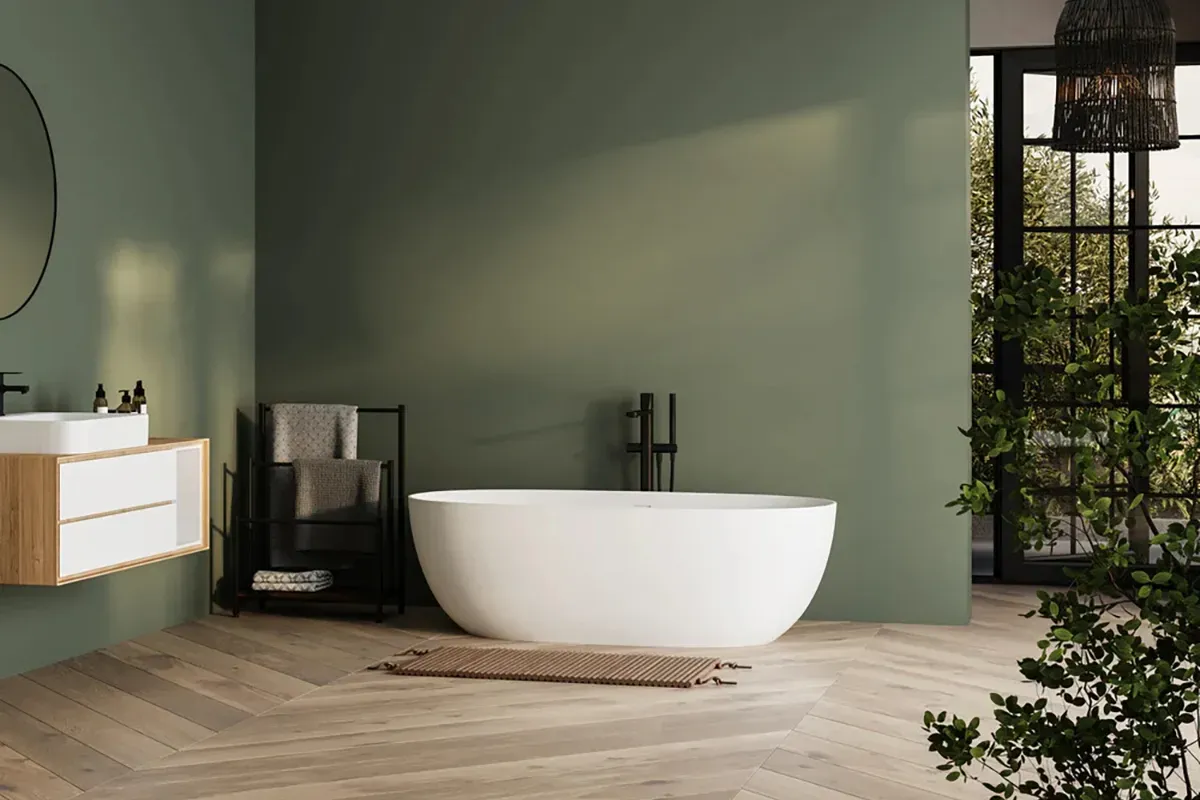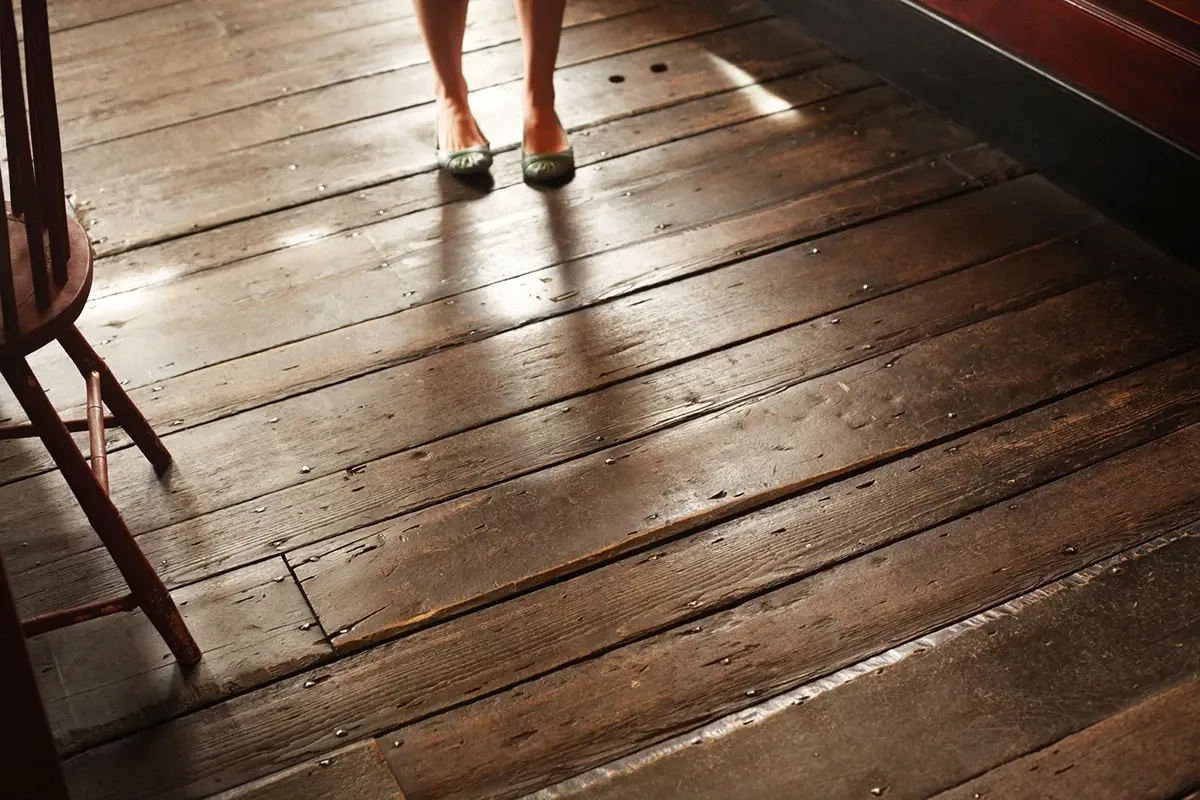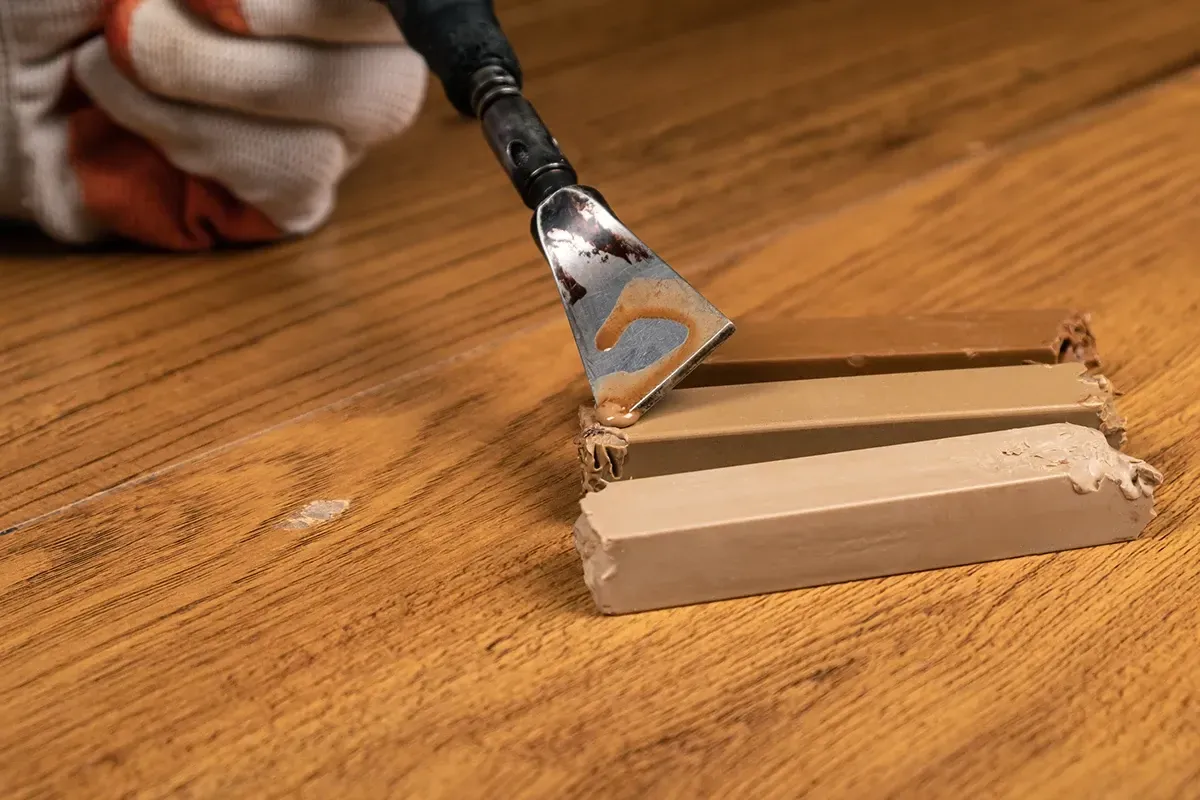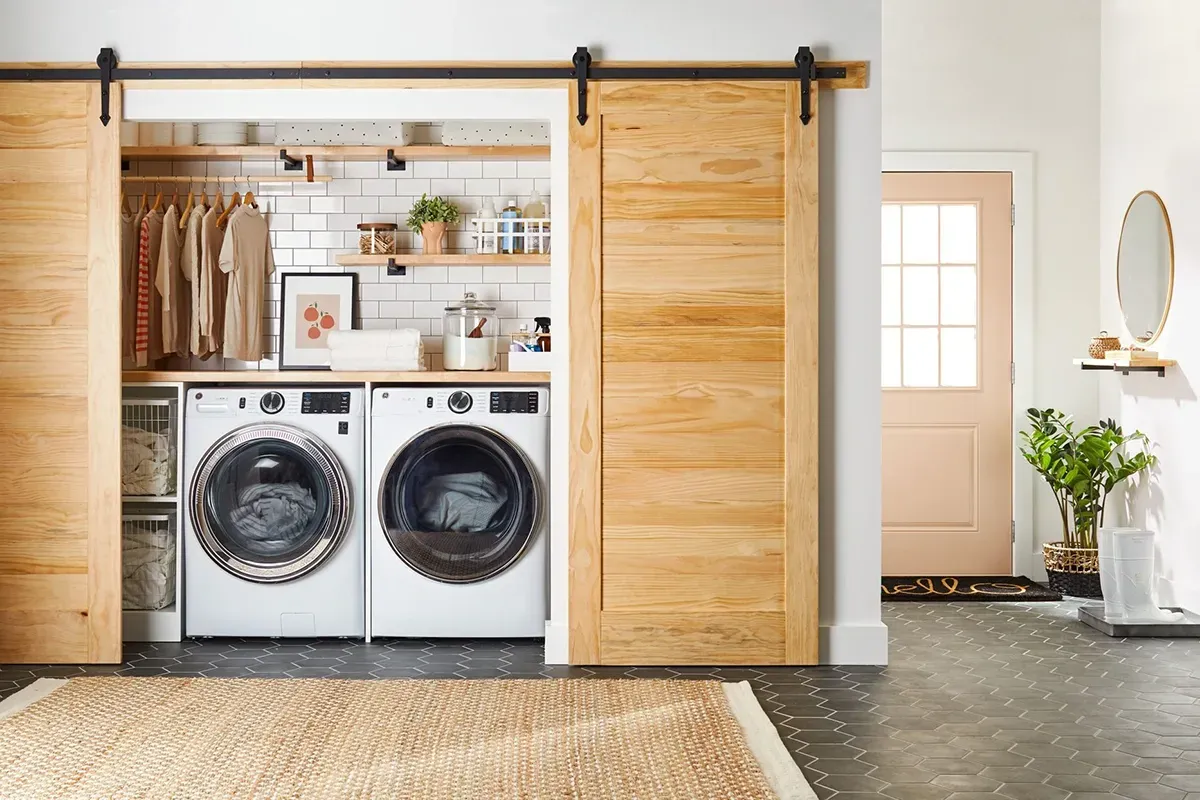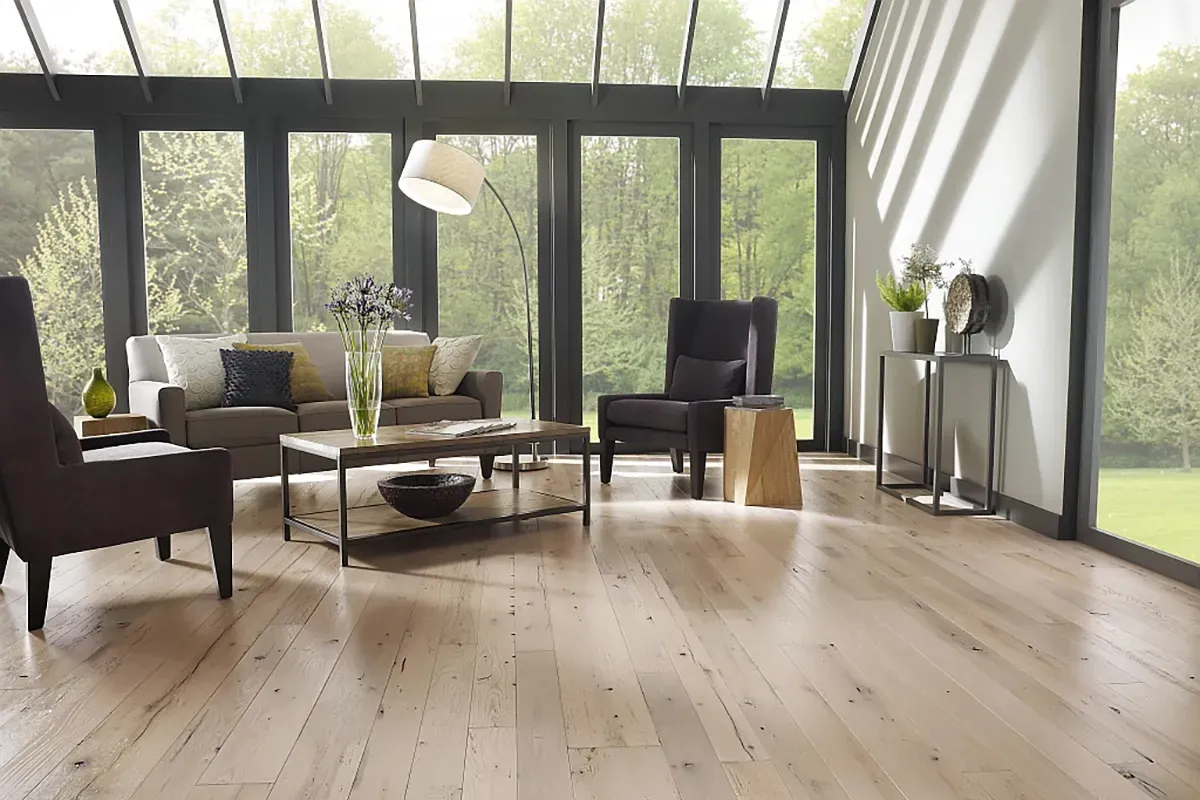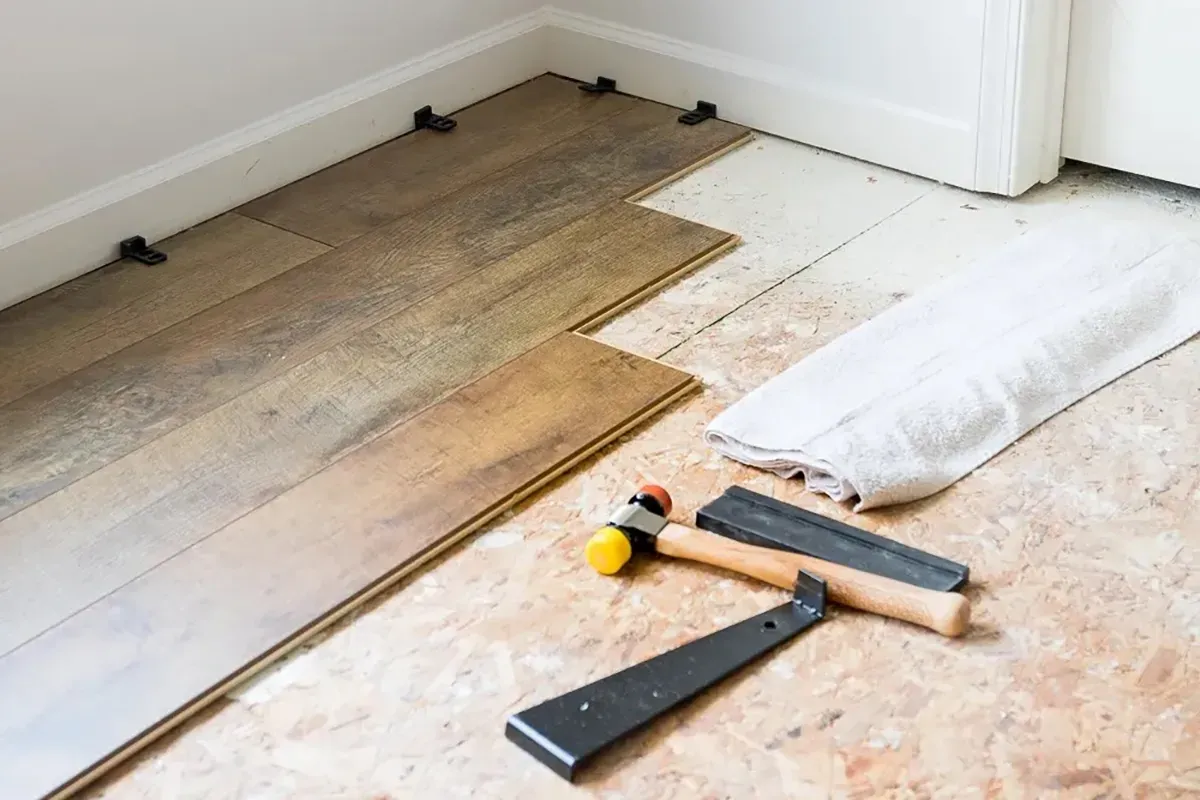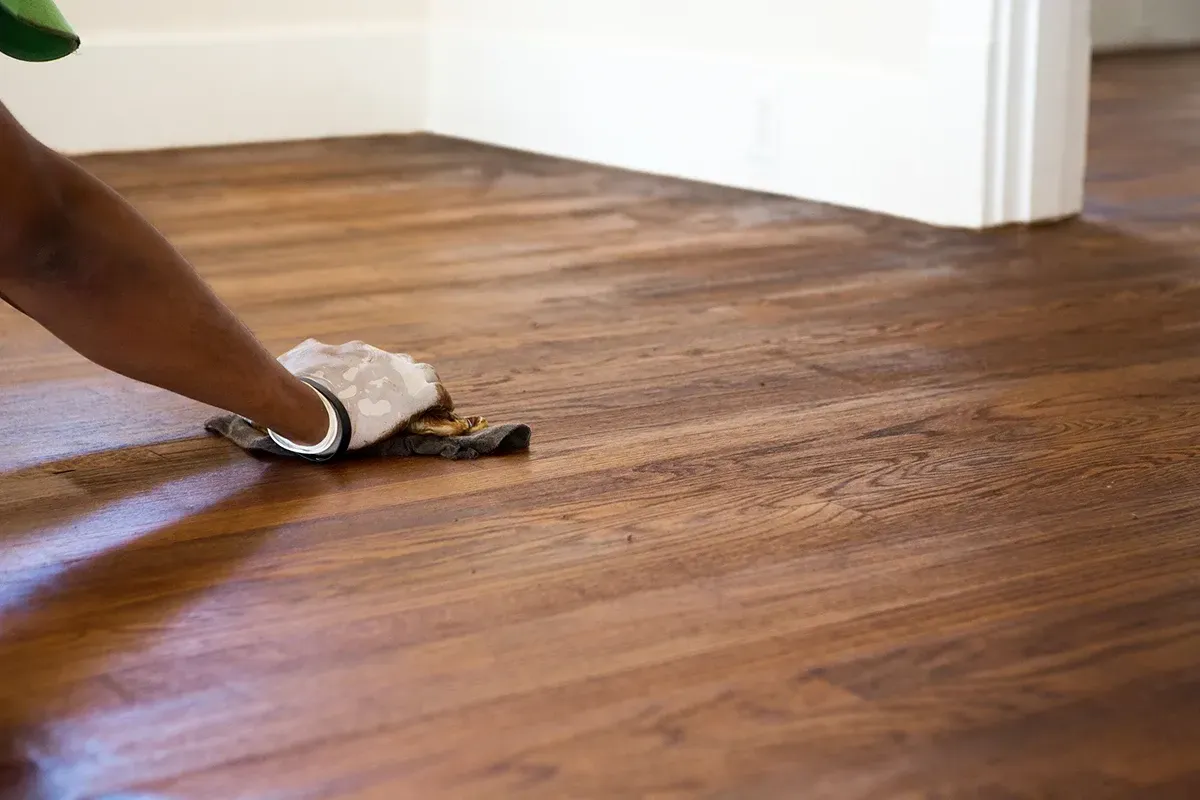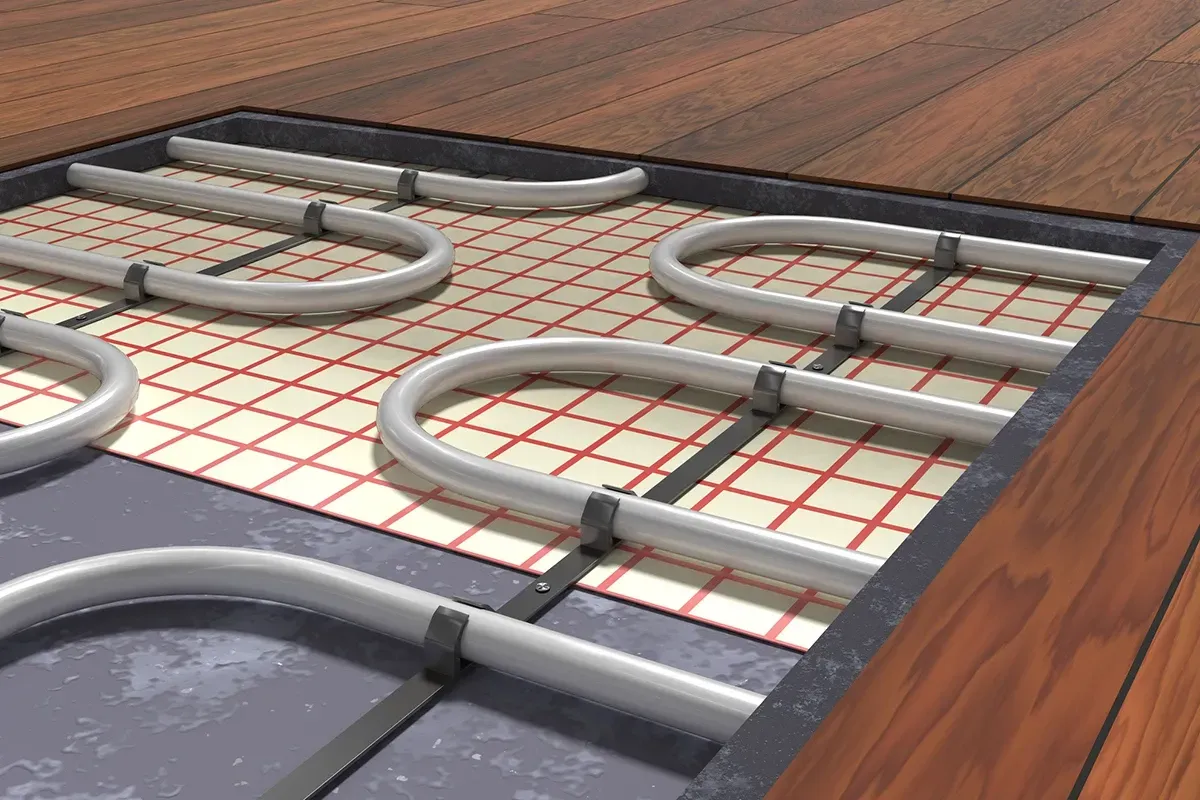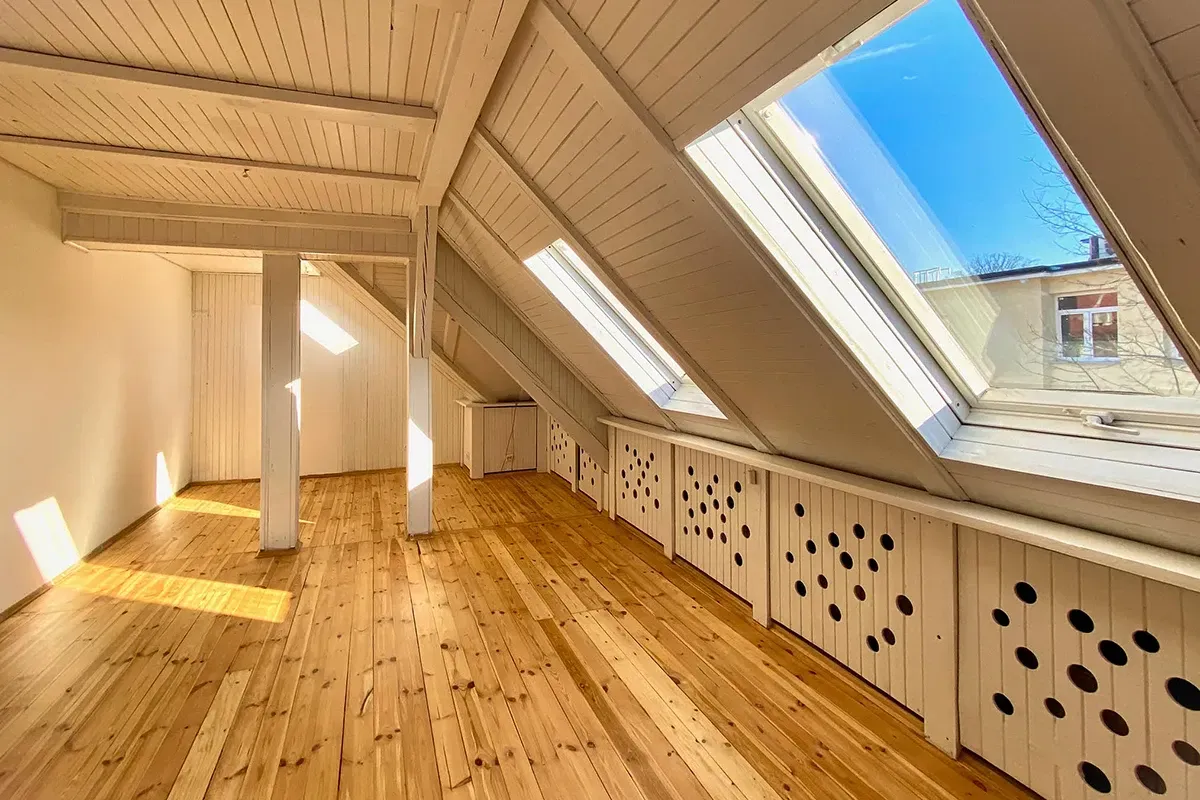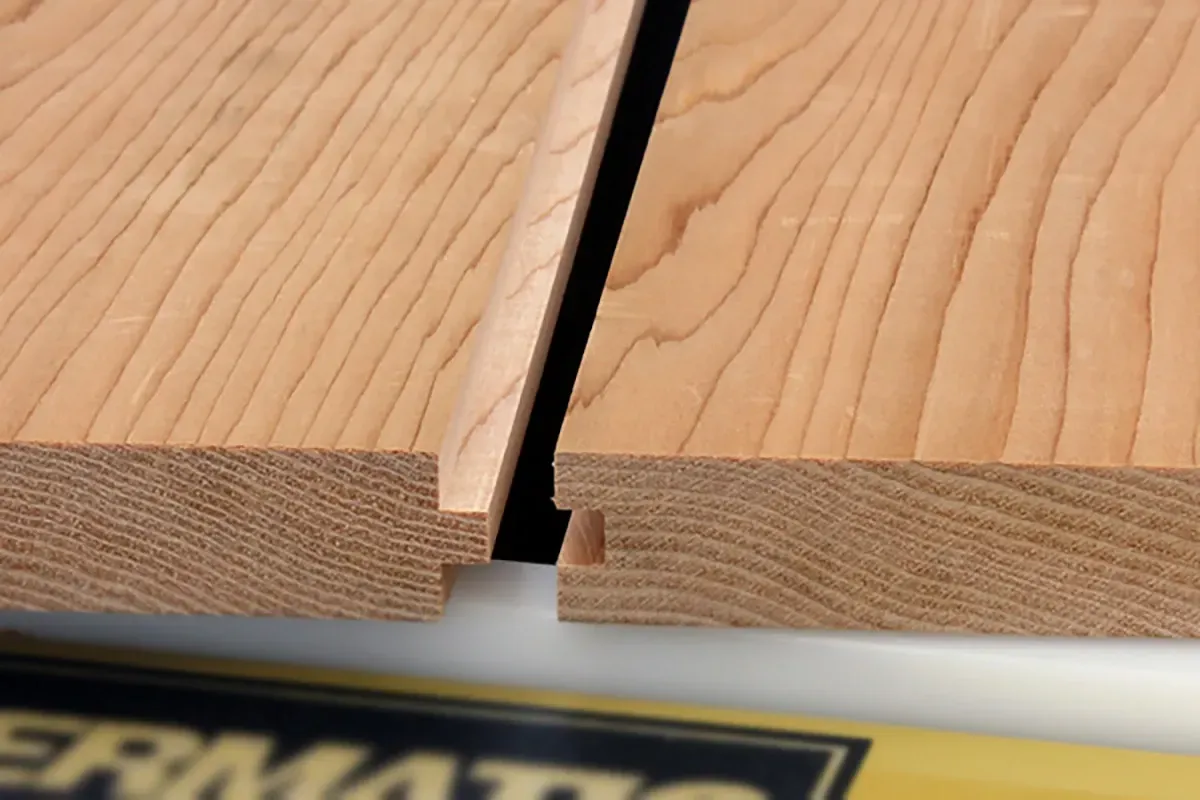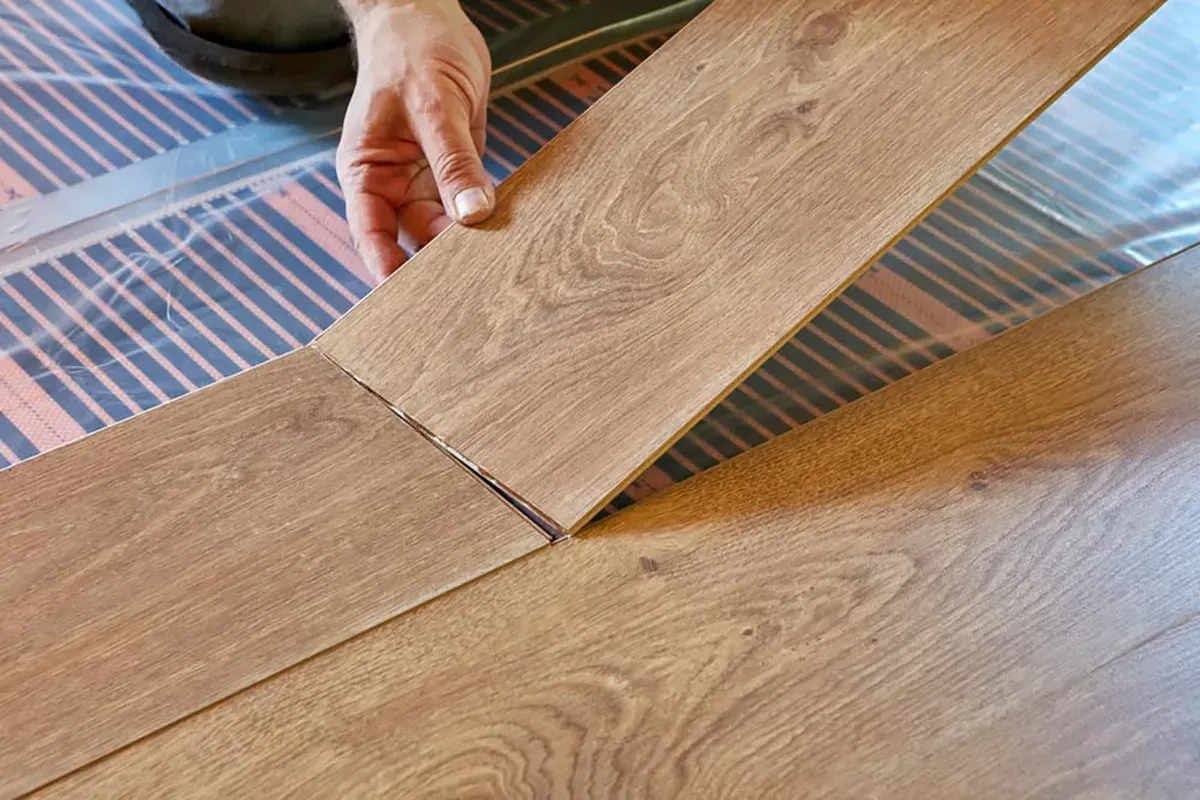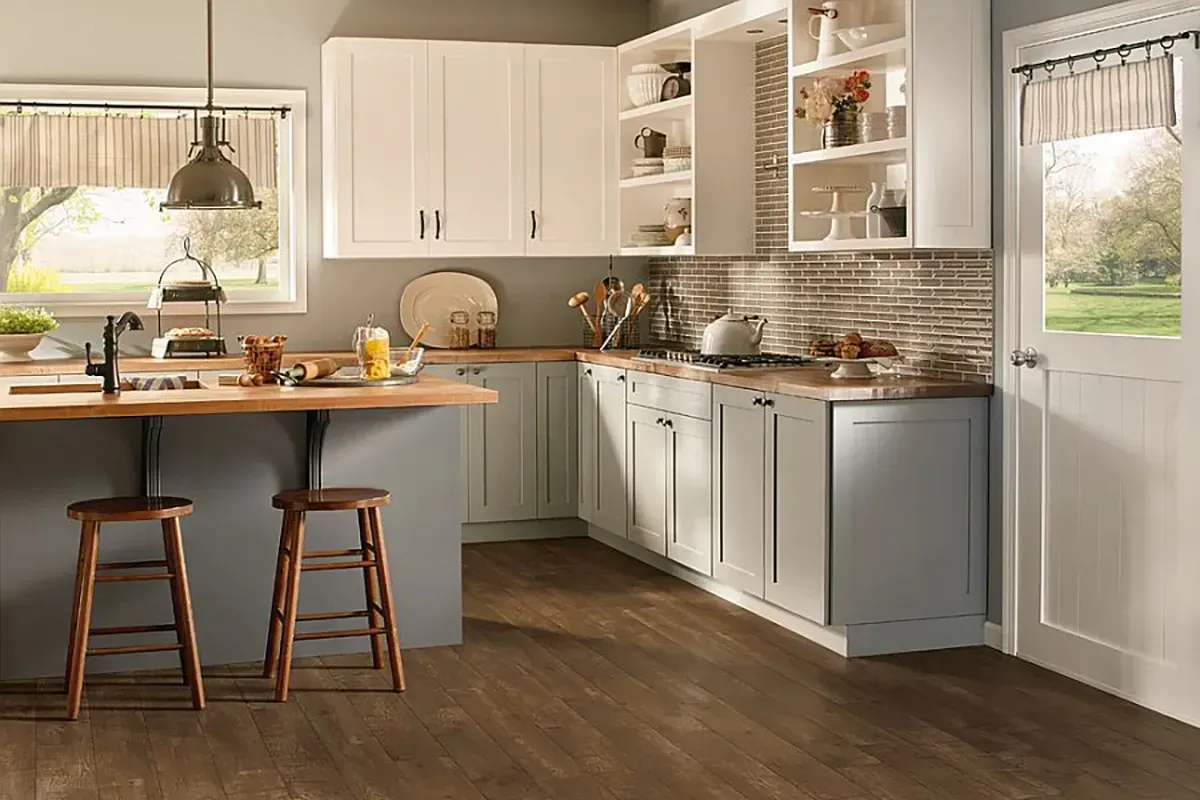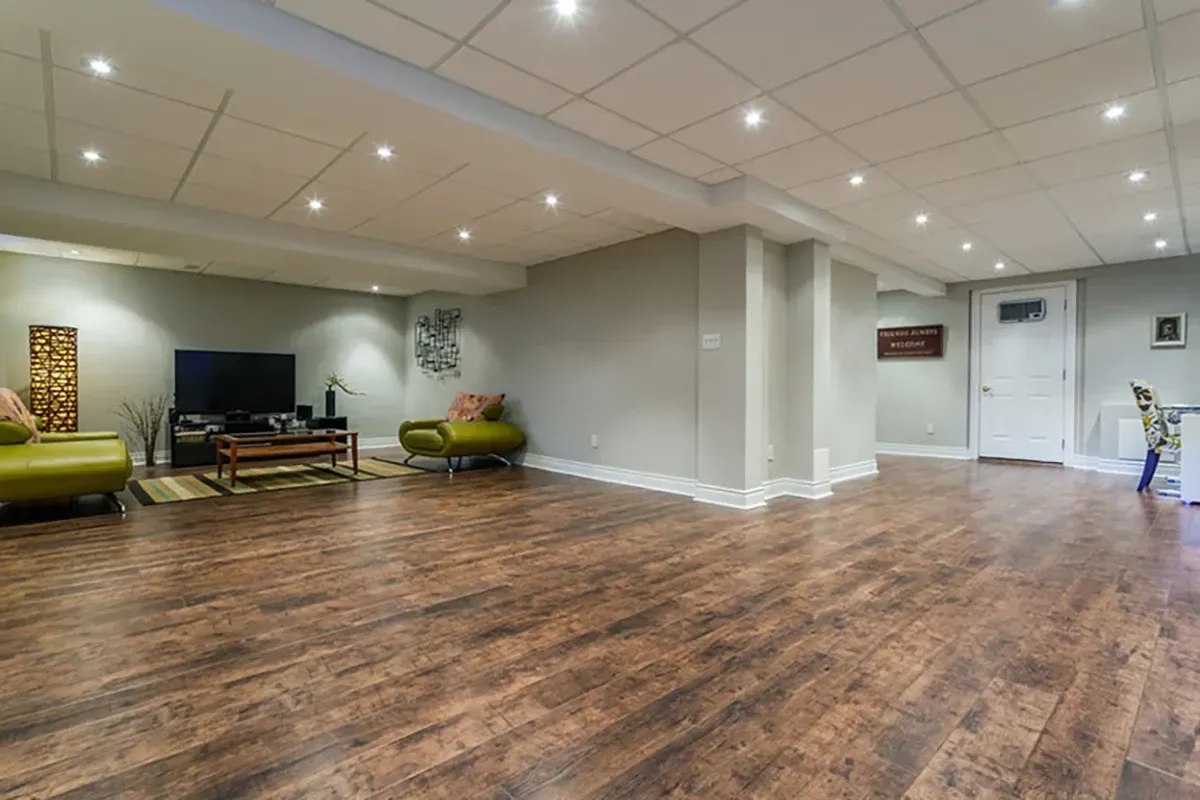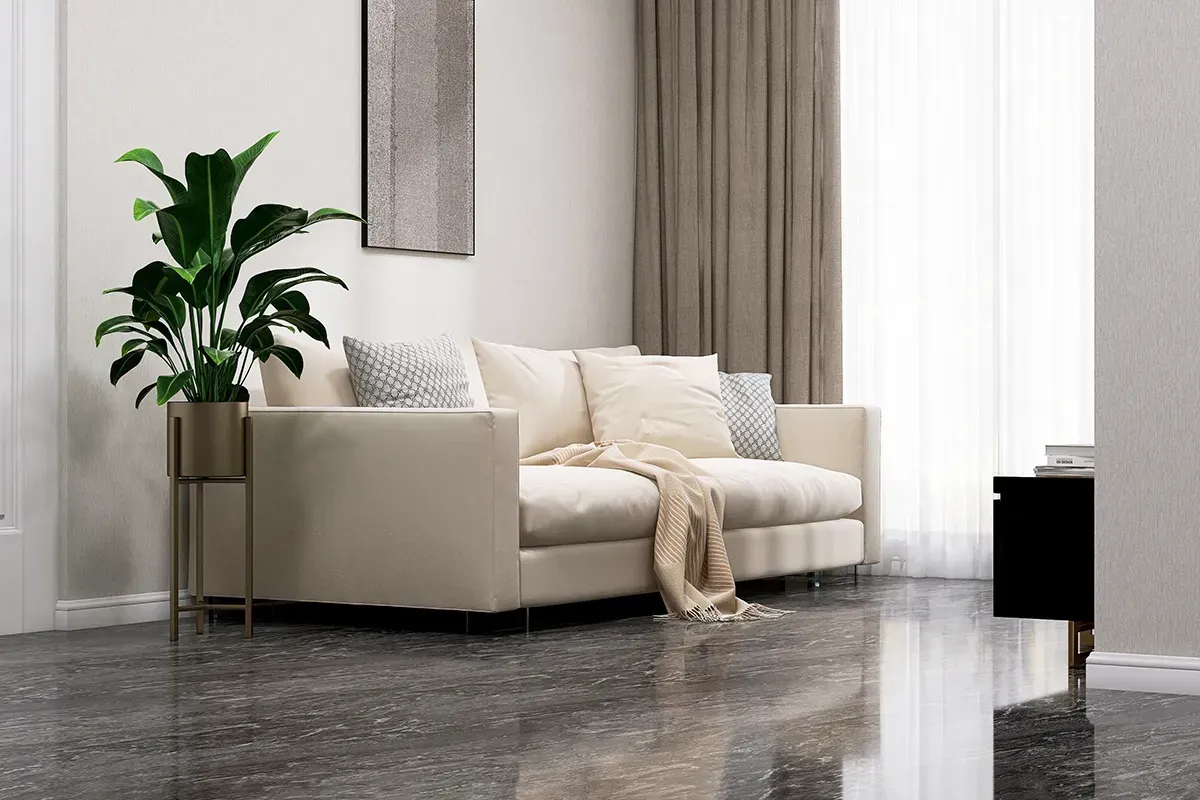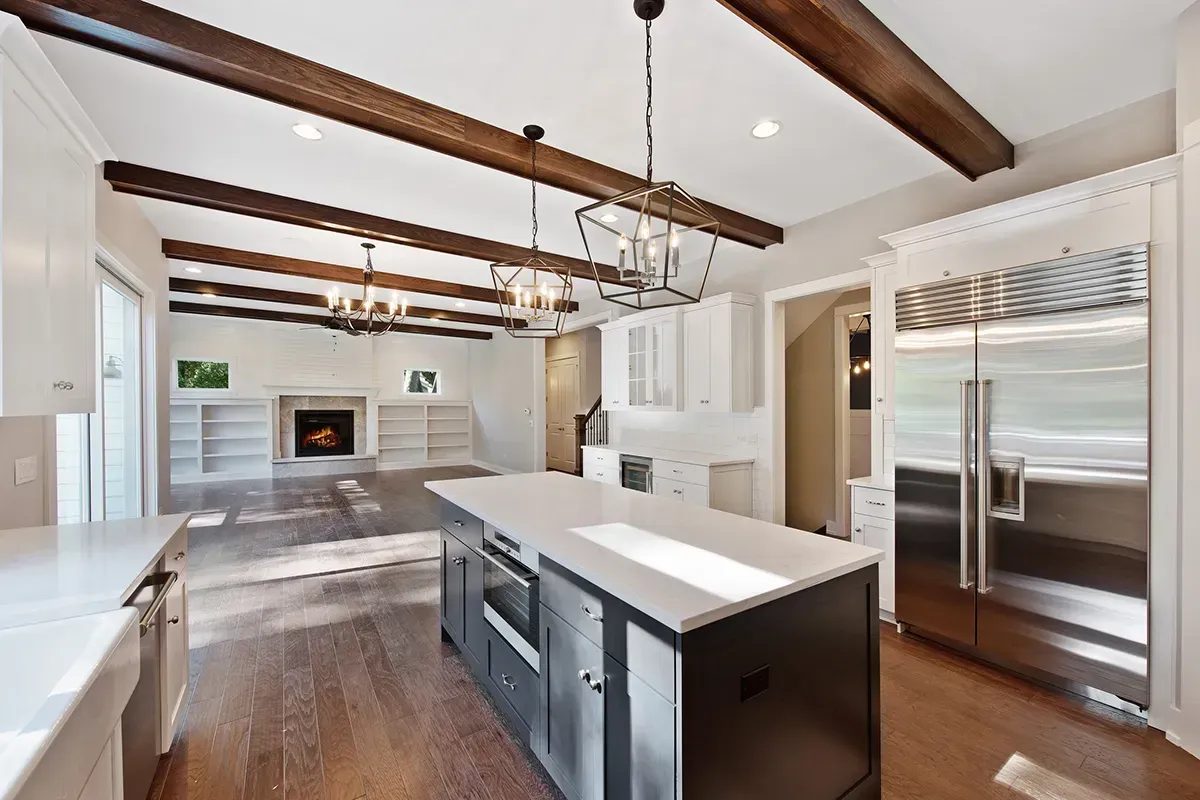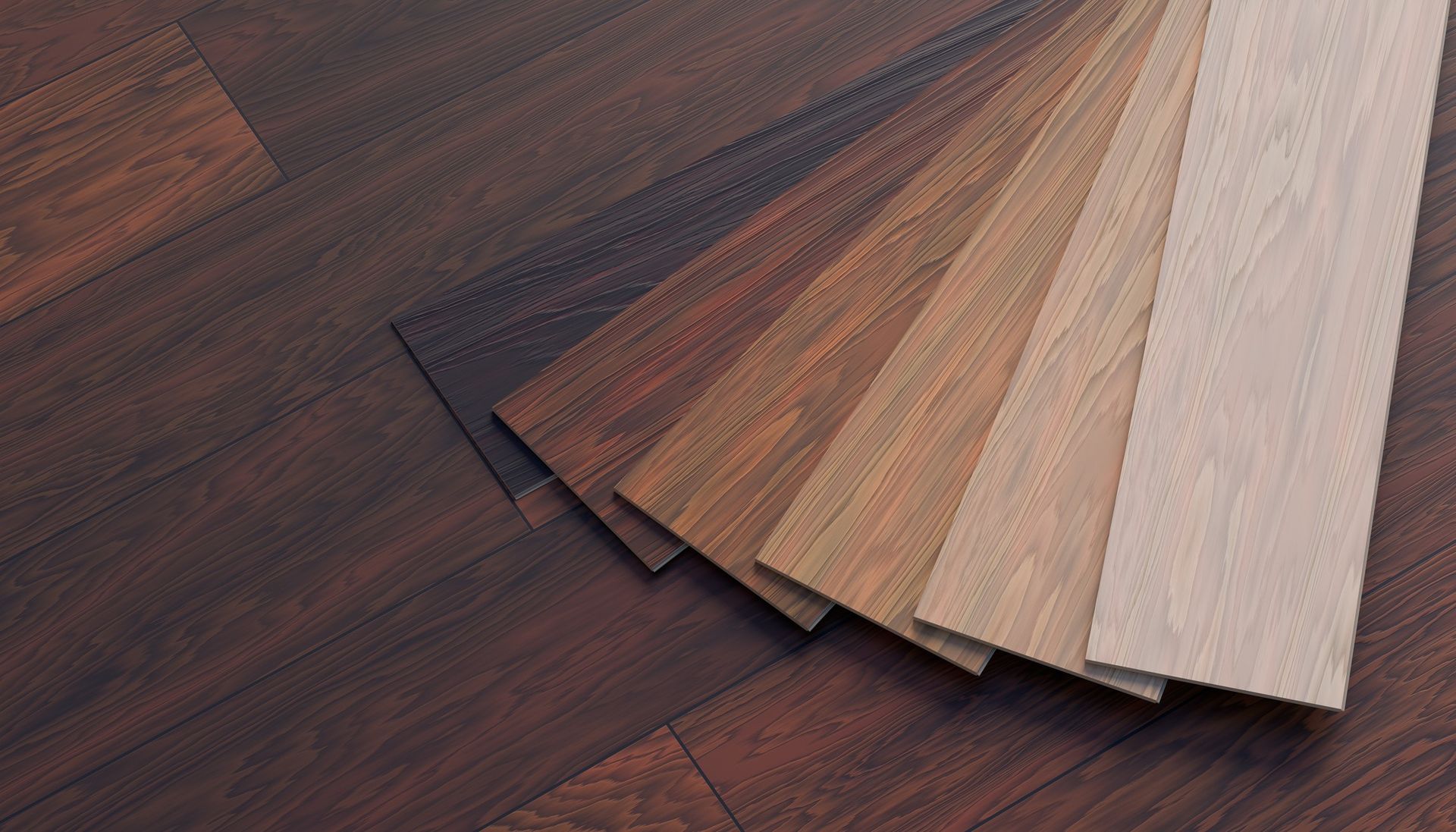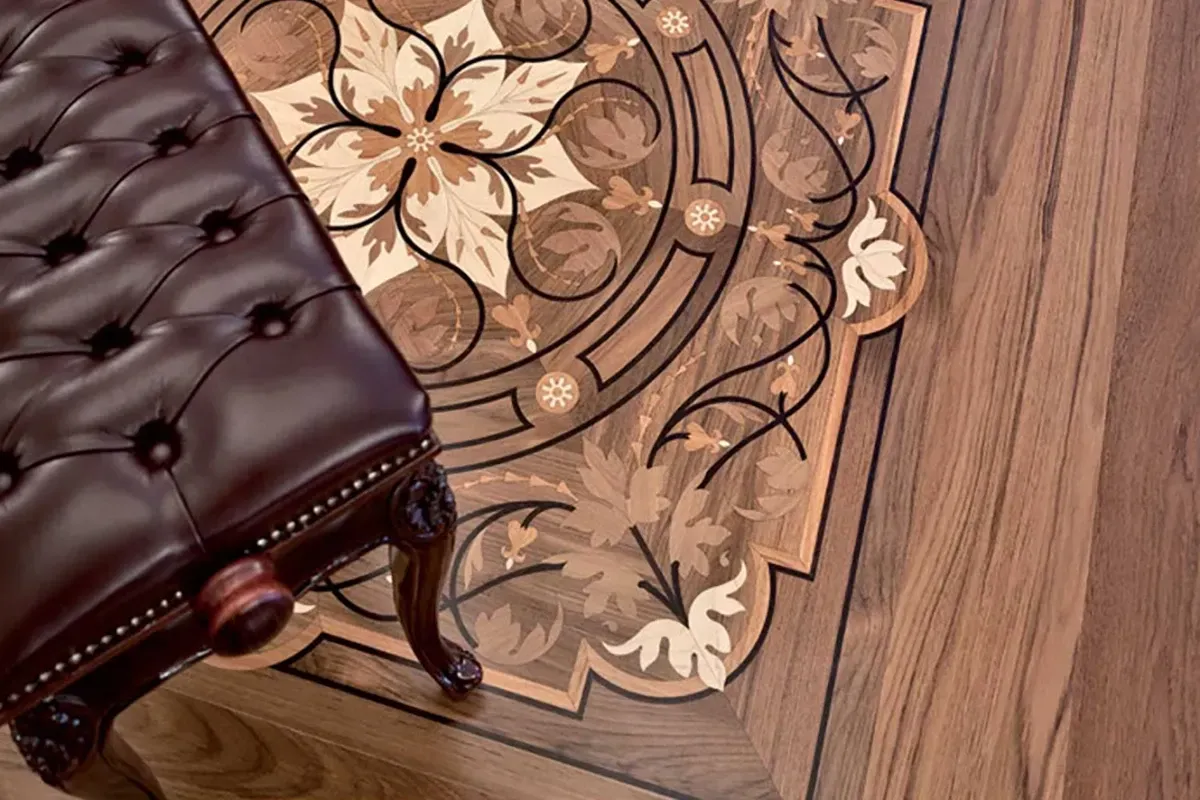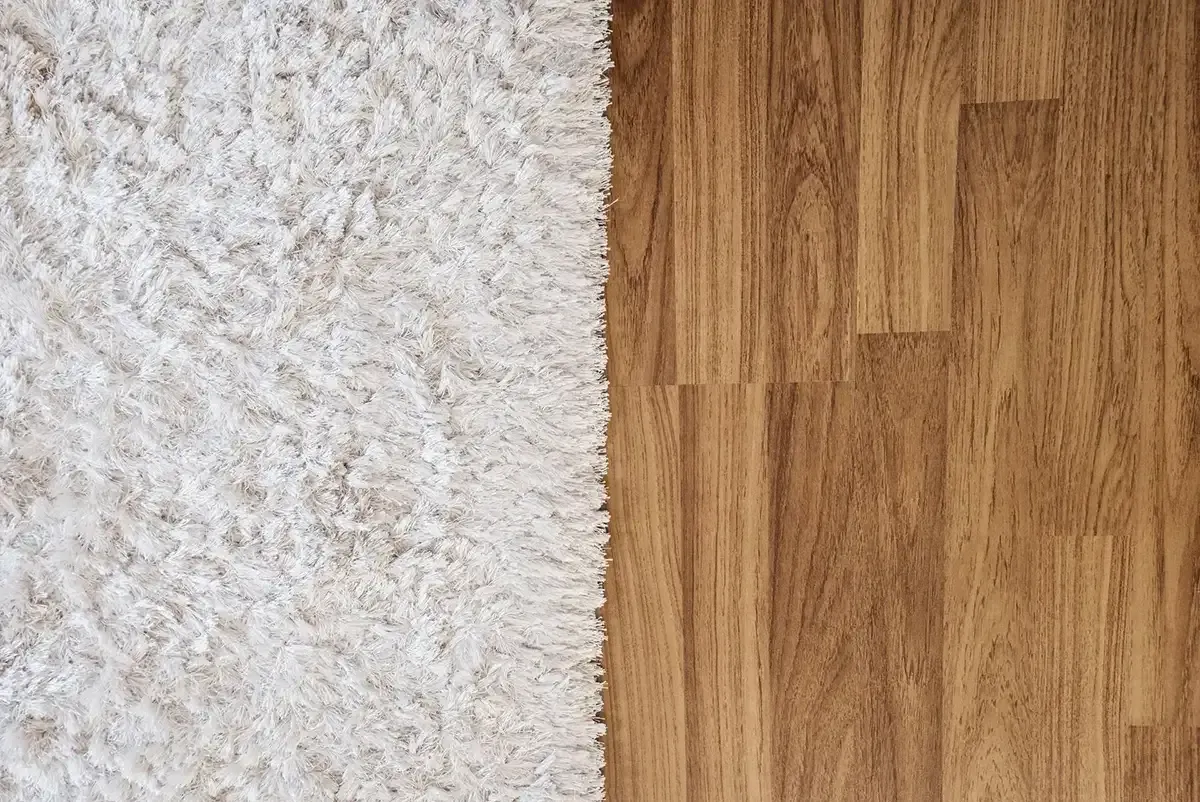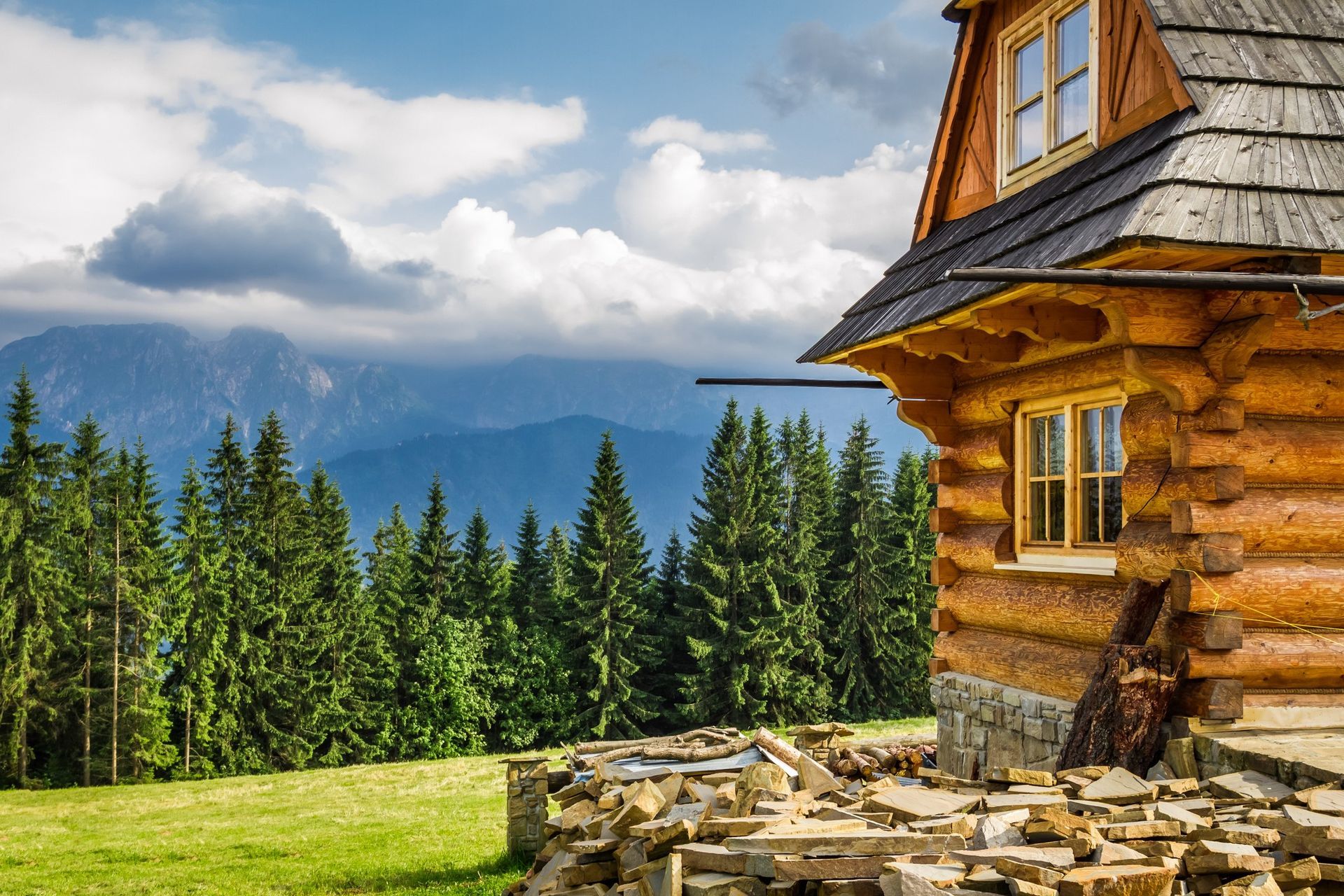How Often Should You Refinish Hardwood Floors?
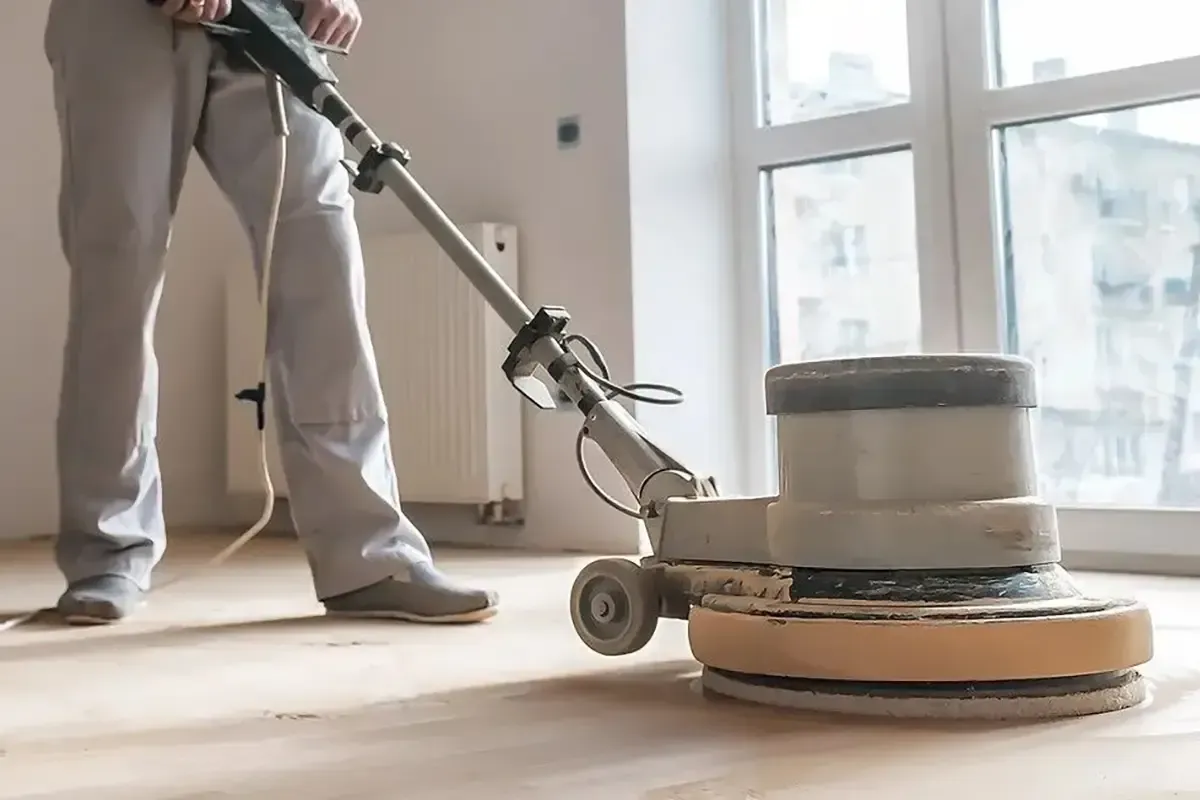
Hardwood floors are a timeless addition to any home, bringing warmth, character, and elegance. However, maintaining their beauty requires attention and care, and one of the most significant aspects of upkeep is refinishing. But how often should you refinish hardwood floors? The answer depends on several factors, including foot traffic, the condition of the finish, and the level of care given to the floors. In this guide, we’ll explore the key factors that determine the frequency of refinishing hardwood floors and provide tips to help you prolong the life of your flooring.
Factors That Determine Refinishing Frequency
1. Foot Traffic and Wear
One of the primary factors affecting how often hardwood floors need refinishing is the amount of foot traffic. Areas with heavy traffic, such as hallways, living rooms, kitchens, and entryways, tend to experience more wear and tear. Over time, this can lead to all kinds of wood floor damage. For homes with children, pets, or frequent gatherings, refinishing may be necessary every 7–10 years. In contrast, floors in low-traffic areas, like bedrooms or formal dining rooms, might only need refinishing every 10–15 years. To assess whether it's time to refinish, look for signs of wear, such as deep scratches, discoloration, or areas where the finish has worn down to bare wood.
2. Quality of the Original Finish
The type and quality of the original finish on your hardwood floors can significantly influence how often refinishing is needed. High-quality finishes, such as polyurethane or oil-based finishes, tend to be more durable and resistant to everyday wear. These finishes can protect hardwood floors for longer periods, often extending the time between refinishing jobs. For example, a floor with a top-notch polyurethane finish might only need refinishing every 10–15 years, while a floor with a lower-quality finish could require refinishing more frequently.
3. Regular Maintenance and Care
Proper maintenance plays a key role in preserving the finish and extending the life of hardwood floors. Routine cleaning and preventive measures can help delay the need for refinishing. Here are some tips to help maintain your floors:
- Clean regularly: Sweeping or vacuuming with a soft brush attachment removes dirt and debris that can scratch the surface.
- Use protective rugs: Placing rugs in high-traffic areas or under heavy furniture can help prevent scratches and dents.
- Avoid excess moisture: Hardwood is sensitive to water, so avoid wet mopping and clean up spills promptly to prevent warping or cupping.
- Add furniture pads: Felt pads under furniture legs help reduce the risk of scratches when moving chairs or tables.
By following these maintenance practices, you can extend the time between refinishing projects, ensuring your hardwood floors stay in great shape for years to come.
Signs Your Hardwood Floors Need Refinishing
Knowing when to refinish your hardwood floors can be challenging, but there are a few telltale signs that indicate it’s time for a refresh:
- Visible scratches: Surface-level scratches can accumulate over time, especially in high-traffic areas. While some can be buffed out, deeper scratches may require refinishing.
- Fading or discoloration: Prolonged exposure to sunlight and general wear can cause certain areas of your floor to fade or discolor. Refinishing can restore the wood’s natural beauty.
- Dullness: If your hardwood floors have lost their luster and no longer shine even after cleaning, it's a sign that the finish has worn off, and refinishing is needed.
- Water damage: Spilled liquids or high humidity levels can cause water stains or warping. If moisture has penetrated the wood, refinishing is required to prevent further damage.
If you're unsure about the condition of your floors, you can perform a simple water drop test: Drop a few droplets of water onto the floor. If the water beads up, the finish is still in good condition. If the water soaks into the wood, it’s time to refinish.
How Often Should You Refinish Hardwood Floors?
As a general rule of thumb, hardwood floors should be refinished every 7–10 years in high-traffic areas and every 10–15 years in lower-traffic areas. However, the exact timing depends on the factors mentioned above, including foot traffic, maintenance, and the quality of the original finish.
In some cases, homeowners may opt for screening and recoating, a less invasive process that involves lightly sanding the top layer of the finish and applying a new coat. This can be done every 3–5 years to refresh the floor’s appearance without the need for full refinishing.
Professional Assessment
If you're uncertain about when to refinish your hardwood floors, it's always a good idea to consult a professional flooring contractor. A trained expert can evaluate the condition of your floors, assess the level of wear, and provide personalized recommendations based on the type of wood and the environment in which it's installed.
In Portland, Oregon, Rejuvenation Floor & Design offers professional hardwood floor refinishing services. Our team can help you determine the best course of action for maintaining your floors, ensuring they look stunning for years to come.
The Refinishing Process
Refinishing hardwood floors involves several key steps:
- Sanding: The top layer of the floor is sanded down to remove the old finish and any surface imperfections. This reveals the raw wood underneath.
- Staining (optional): If you want to change the color of your floors, a wood stain can be applied at this stage.
- Sealing and finishing: A protective finish is applied to the wood to seal it and protect it from future damage. Popular finishes include oil-based polyurethane, water-based polyurethane, and oil finishes like tung or linseed oil.
The entire process typically takes several days, depending on the size of the area and the type of finish used.
Recoating vs Refinishing Hardwood Floors
- Re-coating: Adds a new layer of finish to restore shine and protection. It’s quick, cost-effective, and suitable for floors with light wear and no deep damage.
- Refinishing: Sands the floor to bare wood, repairs damage, and applies a new stain and finish. It’s more expensive and time-consuming but ideal for heavily worn or damaged floors and when changing the floor's color.
Conclusion
Hardwood floors are a valuable investment that can last for generations with proper care and maintenance. Understanding how often to refinish hardwood floors depends on various factors, including foot traffic, the quality of the finish, and how well the floors are maintained. By keeping an eye on signs of wear and following regular maintenance practices, you can extend the life of your floors and maintain their beauty for years to come.
For expert advice on hardwood floor refinishing in Portland, Oregon, contact Rejuvenation Floor & Design at 503-989-8997. Our experienced team can help guide you through the process and ensure your floors look their best.

